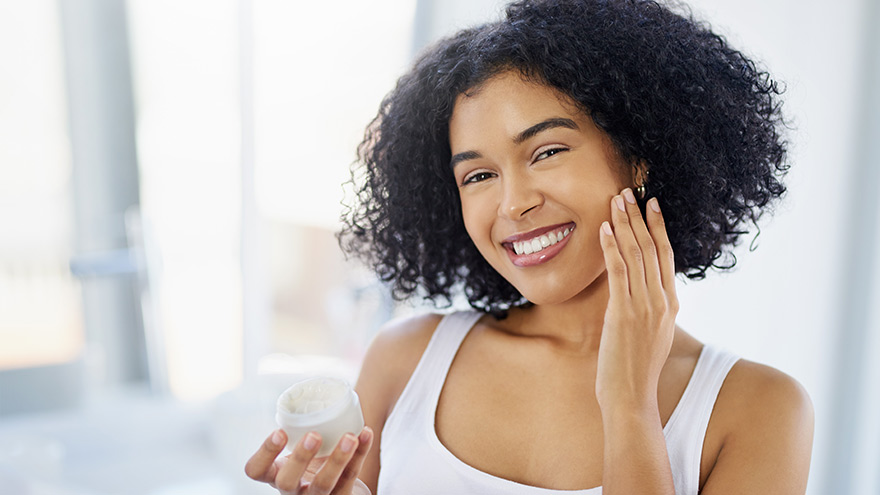Buscar
-
Understanding the Risks of Colon Cancer
Colorectal cancer is the second-deadliest cancer in the United States – largely because it goes undiagnosed. Dr. Christi Matteoni, Division Chief of Gastroenterology at Renown Health, discusses the symptoms and key screenings used to detect this type of cancer, along with risk factors and lifestyle changes that could affect the likelihood of getting the disease. What are some of the signs and symptoms of colorectal cancer? Many cases go undiagnosed because polyps can develop and become cancerous without any symptoms. Additionally, since colorectal cancer begins as small polyps, symptoms usually aren’t seen until later stages. This is why screenings are especially important. For those who do experience symptoms, the signs are often tied to your bowel habits. This can include changes such as constipation or diarrhea, narrow or dark stool, rectal bleeding, abdominal cramping, weakness and fatigue or unintended weight loss. What are some of the risk factors associated with this type of cancer? There are risk factors that can and cannot be controlled. Uncontrollable factors include age, race, personal and family histories as well as certain genetic syndromes that are important to discuss with your provider. This type of cancer is more common in people over the age of 50, African Americans and those of eastern European Jewish (Ashkenazi) descent. This type of cancer is also more common in those who have been diagnosed with polyps, Crohn’s disease, ulcerative colitis and long-term inflammatory bowel disease. important to discuss any of these risk factors with your provider. There are also lifestyle factors that can help reduce your risk. Factors include being overweight, having a diet high in red and processed meat, as well as smoking and consuming excess alcohol. Conversely, diets high in fruits and vegetables and a regular exercise routine can help lower your risk. If someone has some of these risk factors, what should they do? Do they need to get tested? If you are 45 or older and have any of these risk factors, we recommend you speak with your primary care provider about a formal colorectal risk assessment. The most common form of screening is colonoscopy. This screening lets your doctor examine the length of your colon, map out any potential problem areas and remove polyps. For most people, colonoscopies are recommended every 10 years starting at age 50. However, depending on your results and risk factors, you may need to begin screening sooner or get screened more frequently. What do diagnosis and treatment look like for this type of cancer? There are several diagnostic options for colorectal cancer, including endoscopic ultrasound; CT, MRI and PET scans; and biopsy and pathology reports. These technologies allow your doctor to get images of your colon and evaluate what treatment is needed, as well as how the treatment is progressing. Treatment varies for each individual working with their doctor. In the case of colorectal cancer treatment, the William N. Pennington Institute for Cancer offers chemotherapy, radiation therapy, surgery and clinical trials.
-
7 consejos de cuidado matutino de la piel para protegerse todo el día
We talked to Heidi Nicol, licensed aesthetician with Renown Dermatology, Laser and Skin Care, to learn about the 7 best morning skincare tips that will provide all-day protection. “Your skin uses the nighttime hours to repair itself, secreting oils and toxins in the process,” says Heidi Nicol, a licensed aesthetician with Renown Dermatology, Laser and Skin Care. “Cleansing your skin in the morning is very important. It removes these oils and toxins and any nighttime products you use that are not suitable for daytime use — such as retinol and exfoliating acids.” Nicol’s process includes choosing the right products for your skin type, using them in the proper order and applying them correctly. Steps to Perfect Your Morning Routine Step 1: Cleanser. Use a cleanser tailored to your skin type. Many lines of products produce unique formulas for your specific skin, including dry skin, oily skin, and a combination of the two. Be sure to rinse, rinse, and rinse again! Step 2: Toner. After cleansing, you should apply a toner quickly. This is like a big drink of water for the skin and helps trap moisture into your skin and prevent evaporation. Step 3: Serum. Choose a serum that addresses your skin’s needs. If you use more than one type of serum, alternate them instead of layering. Nicol recommends using a Vitamin C serum, an antioxidant serum, and hydrating serums. Step 4: Moisturizer. Select a daily moisturizer that fits your skin type. Step 5: Eye Cream. “A good eye cream is refreshing and can help the delicate skin around the eyes,” says Nicol. Step 6: Sunscreen. This is the most essential step when it comes to protecting your face. Some sunscreens come tinted, which can replace foundation. “Do not forget to also apply to the neck, chest, and hands,” says Nicol. “It is important to reapply every few hours when you are out in the sun.” Step 7: Makeup. After you’ve completed the above steps, proceed with your make- up routine. This is a crucial step for protecting your skin. Many aestheticians recommend wearing makeup every day.
Read More About 7 Morning Skin Care Tips for All-Day Protection

